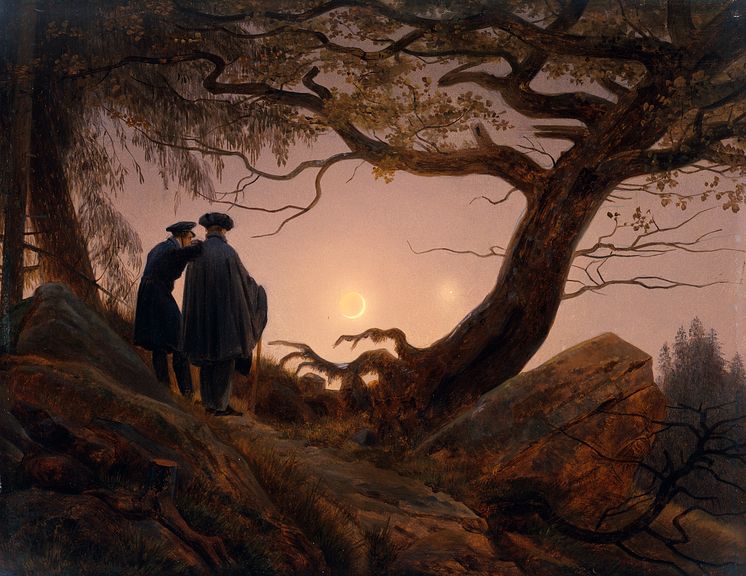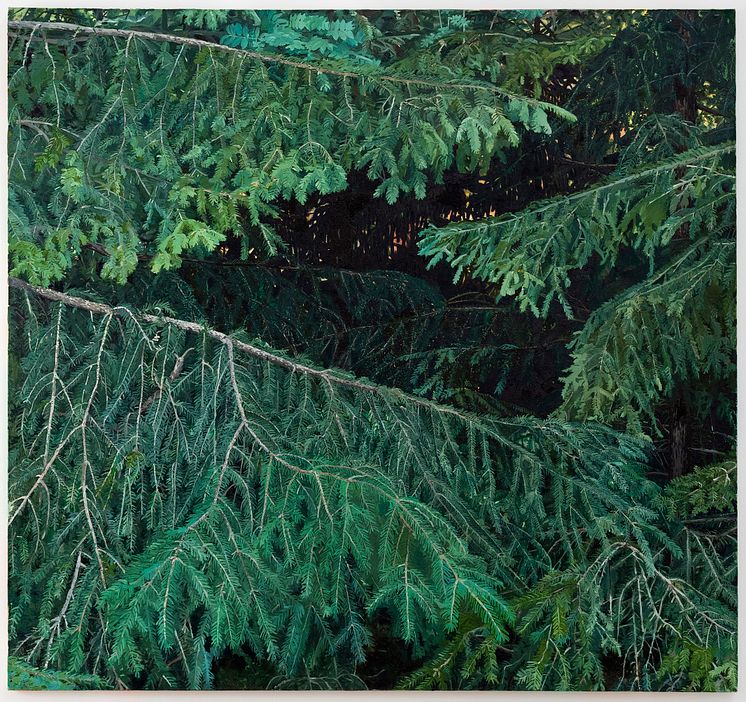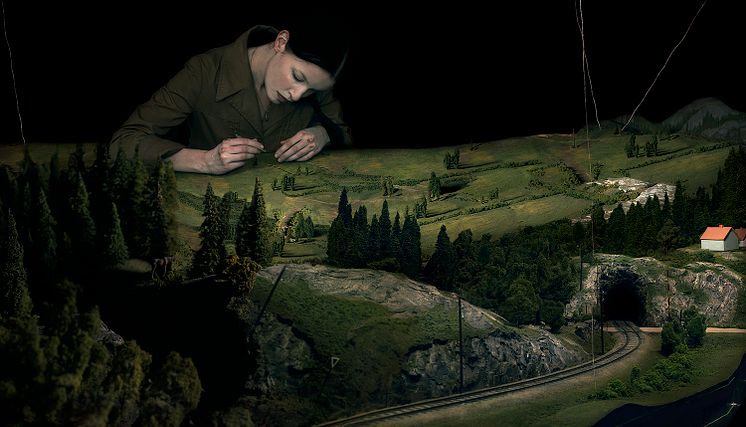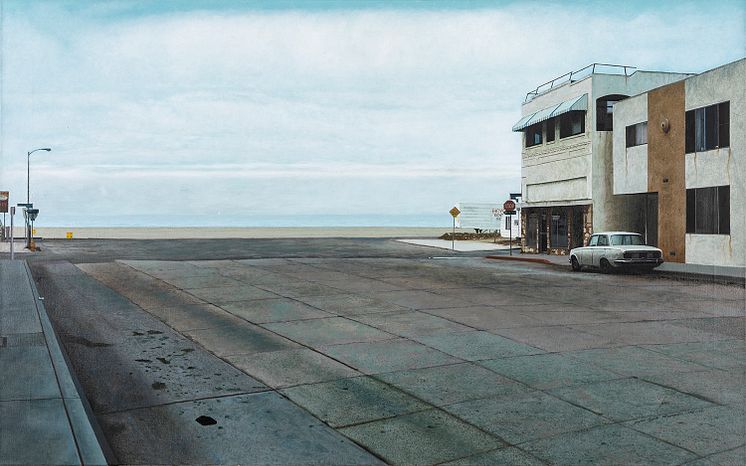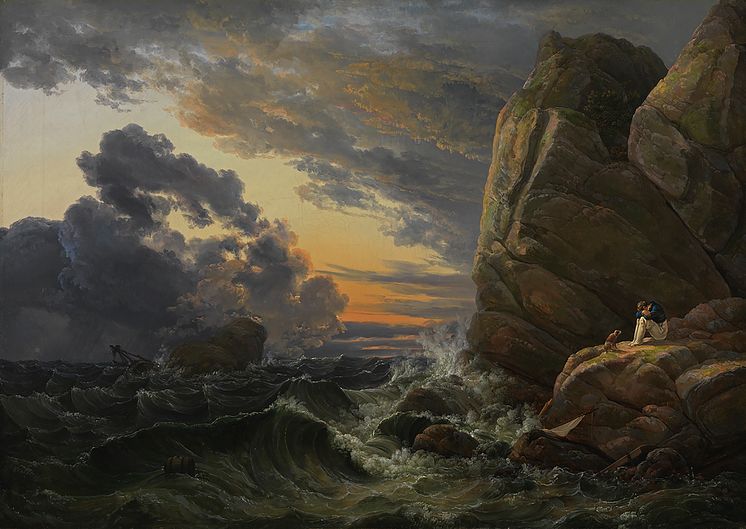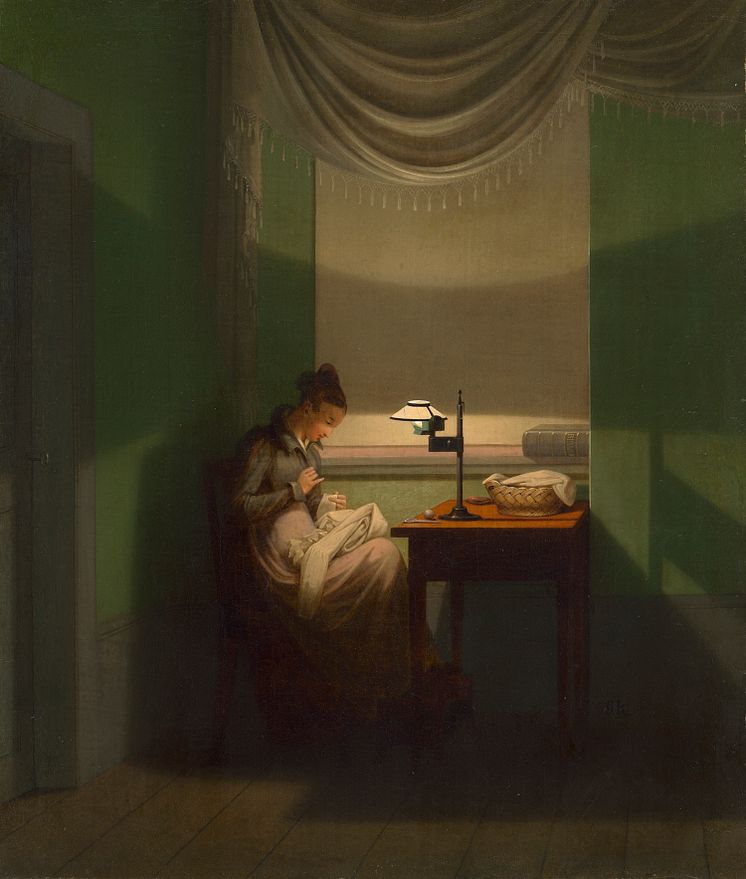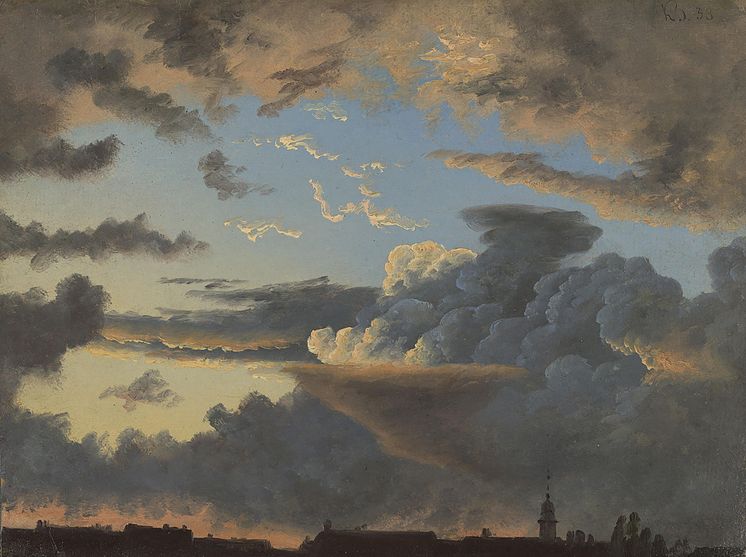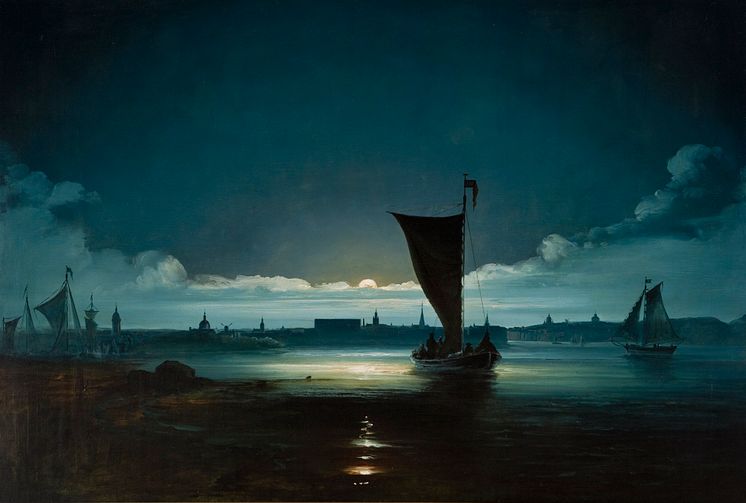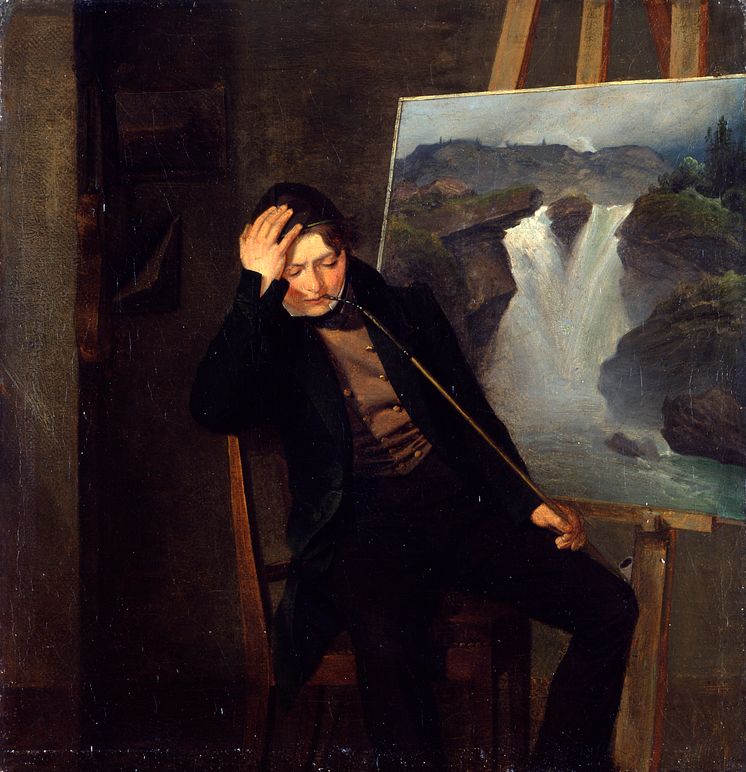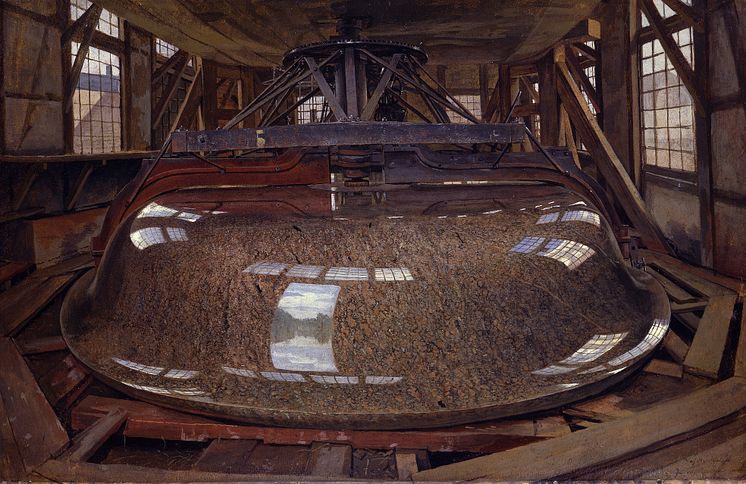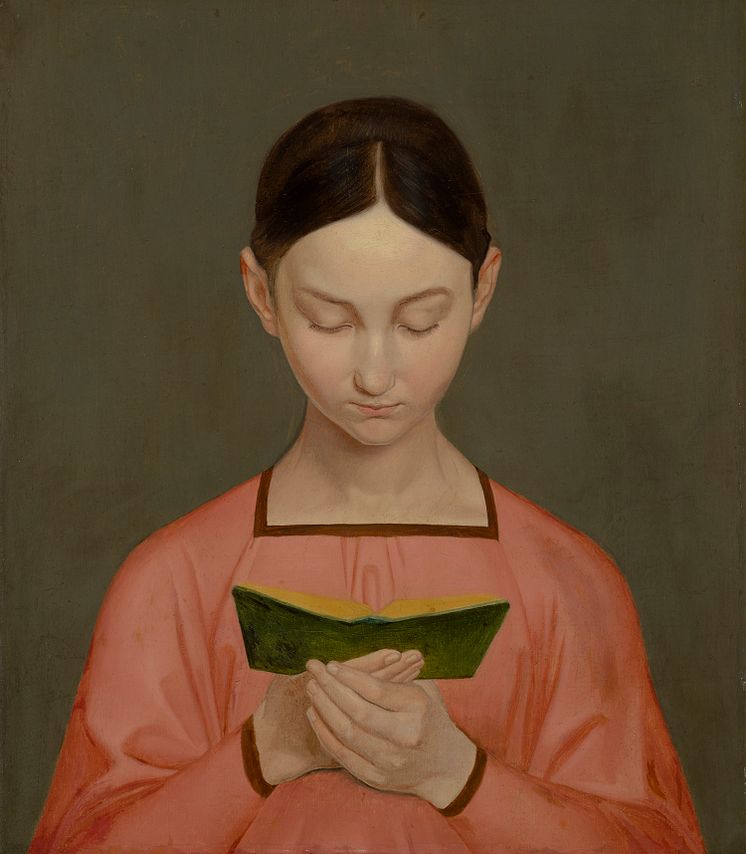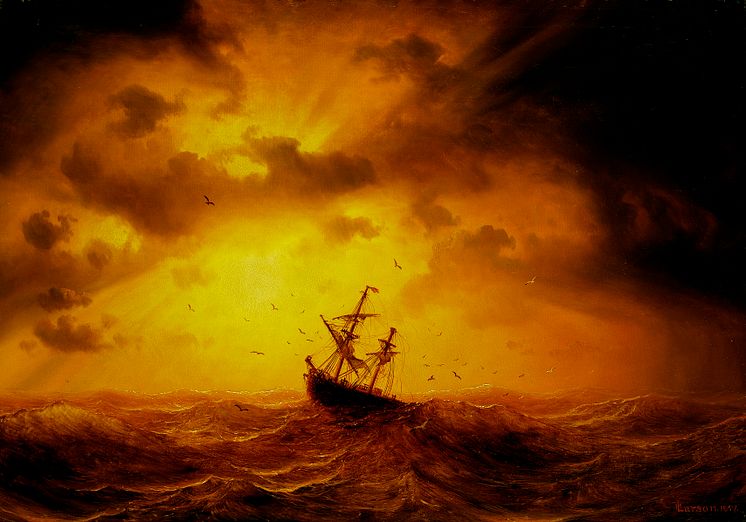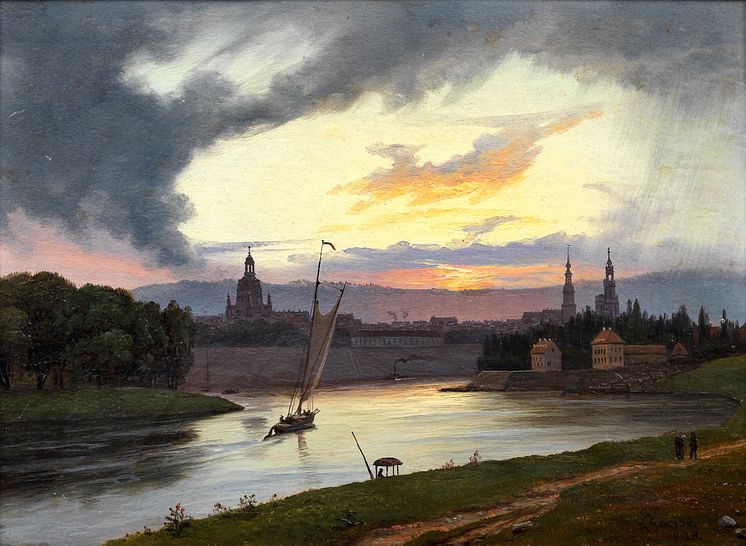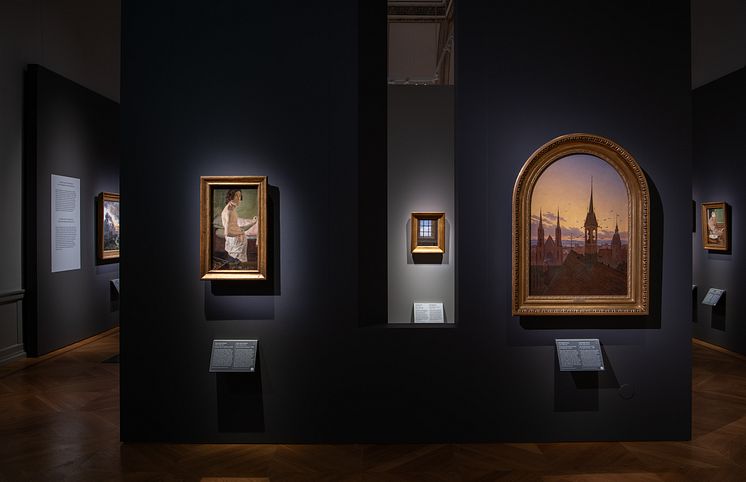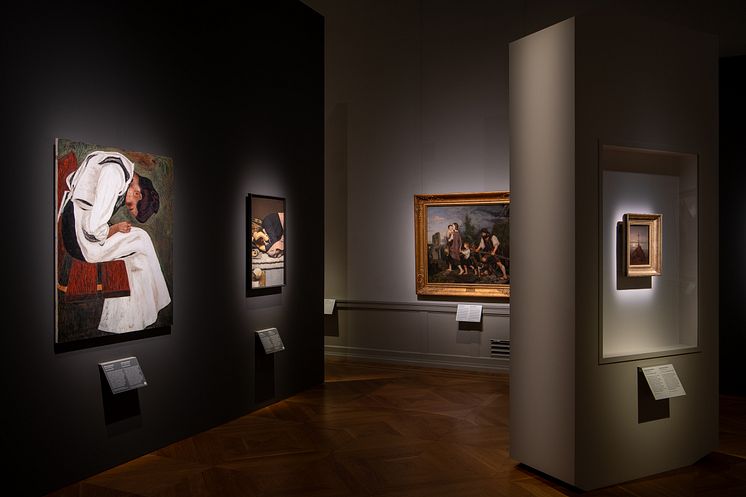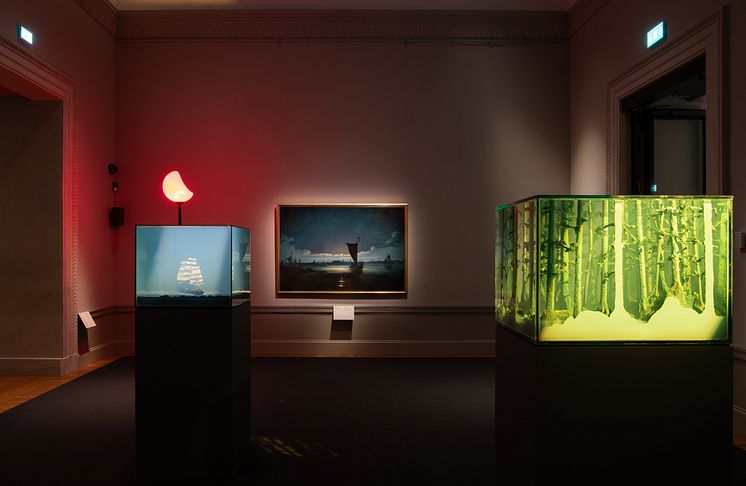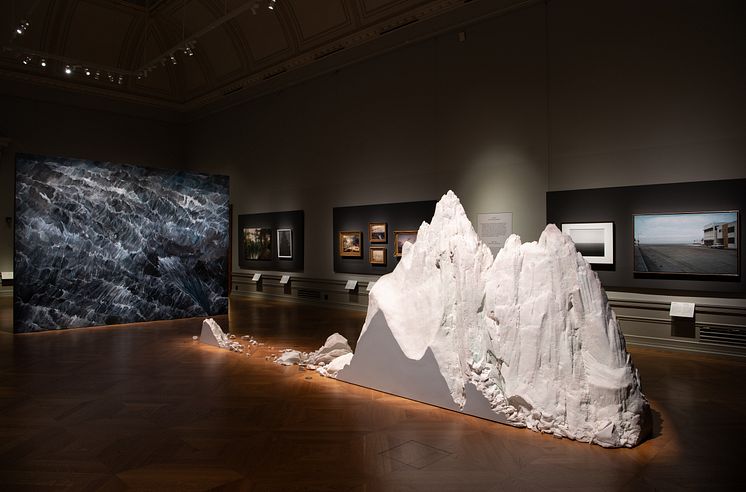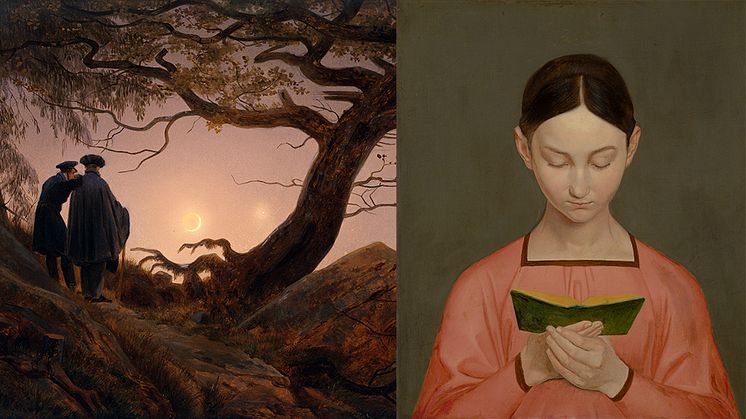
Press release -
Revolutionary artworks from the Romantic era go on show at Nationalmuseum
This autumn, Nationalmuseum is presenting a major exhibition entitled The Romantic Eye. Visitors will enjoy a full-on experience of the revolutionary artworks that appeared in the years around 1800, when art itself and the role of the artist evolved to reflect emerging ideas about independent thinking, individual experience and the creative mind. The exhibition runs from 26 September 2024 to 5 January 2025.
Rather than being one single movement, Romanticism is a term that encapsulates the mood of the times, with a dynamic intellectual sphere reacting against the Age of Enlightenment and the onset of industrialisation. In a break with the ideas of the preceding era, which were seen as placing too much faith in science and the power of reason, Romanticism centred on the emotional life of the individual and their subjective perception of the world.
Having emerged in Germany, Romanticism came to dominate Western art, music and literature from the late 18th through to the mid 19th century. Romantic paintings sought to make the audience look at the world around them in all its parts and from unexpected angles. The image might be a dramatic landscape viewed from a dizzying height, a deadly shipwreck on a raging sea, or the menacing darkness of a dense forest. But it might also be an unremarkable face expressing something that the viewer can identify with but has difficulty verbalising.
Carl-Johan Olsson, exhibition curator, said:
“I can promise visitors the experience of a lifetime. This is art that engages viewers on their own terms, art that is approachable and yet infinitely multilayered. And it’s irresistibly beautiful. The exhibition includes works we never dreamed of being able to exhibit in Sweden, but foreign museums and collectors had faith in our concept and were extraordinarily generous.”
The exhibition presents the Romantic perspective through images that show how, in contrast to earlier periods, Romanticism paved the way for a more liberated way of seeing the world and relating to it, which endures to this day. It is not intended to be a historical survey of an era with a beginning and an end. Rather, it is about a way of seeing that continues to underpin the way we as individuals freely and critically perceive the world around us. The historical artworks are therefore being exhibited in close dialogue with works by contemporary artists.
Patrick Amsellem, director general of Nationalmuseum, said:
“Nowadays the Romantic perspective finds expression in the flood of images on social media and the alternative worlds created by the gaming industry, as well as in concepts like forest bathing, screen-free zones and digital detox. Just as it was two hundred years ago, it’s ultimately about how we relate to nature and society, to ourselves, and to our inner worlds.”
The exhibition features several works acquired by Nationalmuseum in recent years, alongside many key works on loan from museums and private collections, mainly in Germany, Norway and France. The artists represented include Peder Balke, Carl Blechen, Johan Christian Dahl, Eugène Delacroix, Caspar David Friedrich, Marcus Larson, and Ernst Ferdinand Oehme. Among the 25 featured contemporary artists are Ann Böttcher, Lena Cronqvist, Leif Engström, Ann Frössén, Oscar Furbacken, Paul Fägerskiöld, Mariele Neudecker, Lars Nilsson, Lovisa Ringborg, Helene Schmitz and Sixten Sandra Österberg.
The exhibition catalogue contains essays by writers and art historians reflecting in various ways on Romanticism as a way of seeing. Contributors include Therese Bohman, Aris Fioretos and Florian Illies.
The exhibition has received generous financial support from the Dr Herbert and Anne-Marie Lembcke Ad Infinitum Foundation.
Media contacts
Nationalmuseum press office: press@nationalmuseum.se,+46 8 5195 4400
Carl-Johan Olsson, exhibition curator: carl-johan.olsson@nationalmuseum.se, +46 70 967 6793
Categories
Nationalmuseum is Sweden’s museum of art and design. The collections comprise some 700 000 objects, including paintings, sculpture, drawings and graphic art from the 16th century up to the beginning of the 20th century and the collection of applied art and design up to the present day. Nationalmuseum is a government authority with a mandate to preserve cultural heritage and promote art, interest in art and knowledge of art.





